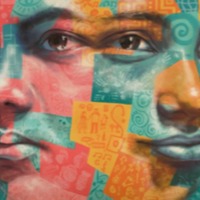
Esosa
There are an estimated 1,386,000 people living in modern slavery in Nigeria (GSI 2018). Nigeria is a source, transit, and destination country for women and children subjected to forced labour and sex trafficking, and a source country for men subjected to forced labour. Women and girls are victims of forced labour in domestic service both within the country as well as being trafficked to other West and Central African countries. Esosa experienced trafficking and domestic servitude in Nigeria. She was then able to return to school and went on to study theatre arts at university. She is now a professional dancer and performer. Esosa supports anti-trafficking efforts in her community, including through NGO Y, by choreographing performances to raise awareness of the dangers of irregular migration.
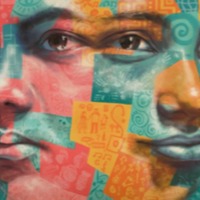
Ghali
There are an estimated 133,000 people living in conditions of modern slavery in Niger (GSI 2018). Niger is a source, transit and destination country for men, women and children subjected to forced labour and sex trafficking. Traditional slavery practices perpetuated by politically powerful tribal leaders continue primarily in the northern part of the country. Nigerien boys are subjected to forced labour, including forced begging, within the country and in neighbouring countries, especially by corrupt marabouts. Loosely organized clandestine networks may also place Nigerien girls into domestic servitude. Nigerien children are subjected to forced labour in gold, salt, trona, and gypsum mines; agriculture; stone quarries; and manufacturing within the country. Ghali had been trapped in bonded labour since early childhood. He was forced to work long hours with little food, subjected to physical and mental violence. Ghali tells of his path out of slavery with the help of Anti-slavery partners Timidria.
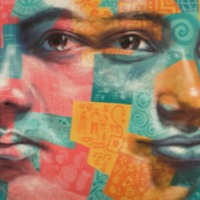
Amy A.
There are an estimated 136,000 people living on conditions of modern slavery un the United Kingdom (Global Slavery Index 2018). According to the 2017 annual figures provided by the National Crime Agency, 5, 145 potential victims of modern slavery were referred through the National Referral Mechanism in 2017, of whom 2,454 were female, 2688 were male and 3 were transgender, with 41% of all referrals being children at the time of exploitation. People are subjected to slavery in the UK in the form of domestic servitude, labour exploitation, organ harvesting and sexual exploitation, with the largest number of potential victims originating from Albania, China, Vietnam and Nigeria. This data however does not consider the unknown numbers of victims that are not reported. Amy’s sexual exploitation began at the age of 11 after fights with her mother led to long hours spent in local parks and town centres. After a few months she began spending time with one man who invited her to spend time with him and his friends at their flat. However, once there Amy was subjected to physical abuse daily. Not knowing how to escape or where she would go, Amy’s abuse continued until she was 13.
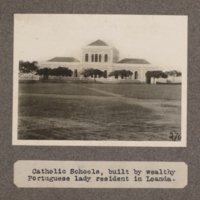
Catholic schools, built by wealthy Portuguese lady resident in Loanda
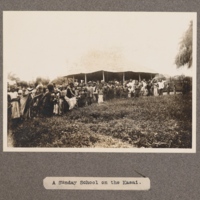
A Sunday school on the Kasai
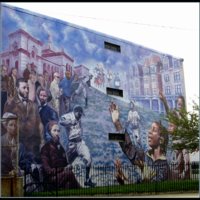
Leidy School Mural
John Lewis and Delia King’s Leidy School Mural is in West Phildelphia. Painted in 2004, the mural fuses history with contemporary scenes of children playing. The young African American children to the right-hand side of the mural are positioned inwards, absorbing the history of their city. The antislavery leader, Frederick Douglass, looks out to the viewer.
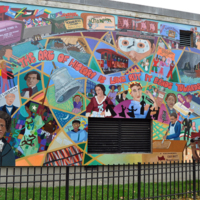
The Arc of History is Long
The muralist David Fichter adapted Martin Luther King Jr.’s famous quotation “the arc of the moral universe is long but it bends towards freedom,” for this 2002 mural in Cambridge, Massachusetts. The mural features Susan B. Anthony, Rosie the Riveter, William Lloyd Garrison and W.E.B. Du Bois, as well as a young Frederick Douglass.At around the same age as he appears in this mural, Douglass gave a speech in nearby Boston on February 8, 1855 where he drew attention to the psychological impact of enslavement: “Whipping is not what constitutes the cruelty of Slavery," explained Douglass. “To me the thought that I am a slave is more terrible than any lash, than any chain.”
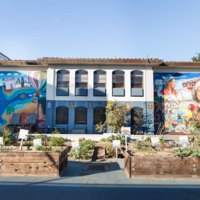
Now and Then
In 1996, the Rafael Elementary School in San Francisco changed its name to Rosa Parks Elementary School, and the San Francisco School Board president commissioned a mural to mark the new name. The mural was a community effort by students from the Art Institute, the Academy of Art and San Francisco State University. It aimed to make children aware of Rosa Parks. Once the mural was finished, Parks herself came to unveil it. Also included on the wall are the antislavery figures Harriet Tubman and Frederick Douglass, as well as Thurgood Marshal and W.E.B. Du Bois.
![Cletus Alexander, Frederick Douglass Inspiring the Youth of the Negro Race, MacFarlane Middle School, Dayton, OH, 1933 [now in Dayton Art Institute] (2).jpg Cletus Alexander, Frederick Douglass Inspiring the Youth of the Negro Race, MacFarlane Middle School, Dayton, OH, 1933 [now in Dayton Art Institute] (2).jpg](https://486312.frmmmguz.asia/files/square_thumbnails/25a4cf3110ae30cf50088118e9193e7b.jpg)
Frederick Douglass Inspiring the Youth of the Negro Race
In 1933, Cletus Alexander, a student at Dayton Art Institute, submitted designs for a mural titled Frederick Douglass Inspiring the Youth of the Negro Race. Douglass is depicted as a biblical, Moses-like figure with flowing hair and a white beard, wearing traditional red and white robes. Towards the top of the mural are the words from Langston Hughes’ poem, Youth: “We have to-morrow, Bright before us, Like a flame, yesterday a night-gone thing, A sundown name, And dawn today, Broad arch above the road we came, we March!” At the time the mural was painted, it was housed in the MacFarlane Middle School building. After that building was destroyed in 2005, it was removed, restored, and is housed in the Dayton Art Institute.
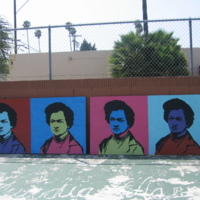
Frederick Douglass Academy Elementary School Mural
In 2014, muralist Maryanna Donnelly created this pop art style mural at the Frederick Douglass Academy Elementary School in Los Angeles.
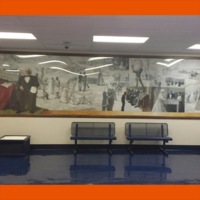
Douglass High School Mural
In 1990, an unnamed artist completed a mural inside Douglass High School in Baltimore. The mural was in a corridor and depicted black and white scenes of slavery in the background, and a colour version of the abolitionist Frederick Douglass in the foreground.
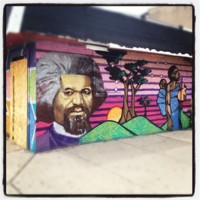
North Lawndale Mural
A teacher at North Lawndale College Preparatory Charter High School, Katie Bordner, created this mural with her students in 2012. It depicts the abolitionist Frederick Douglass, a mother and child and an African backdrop.